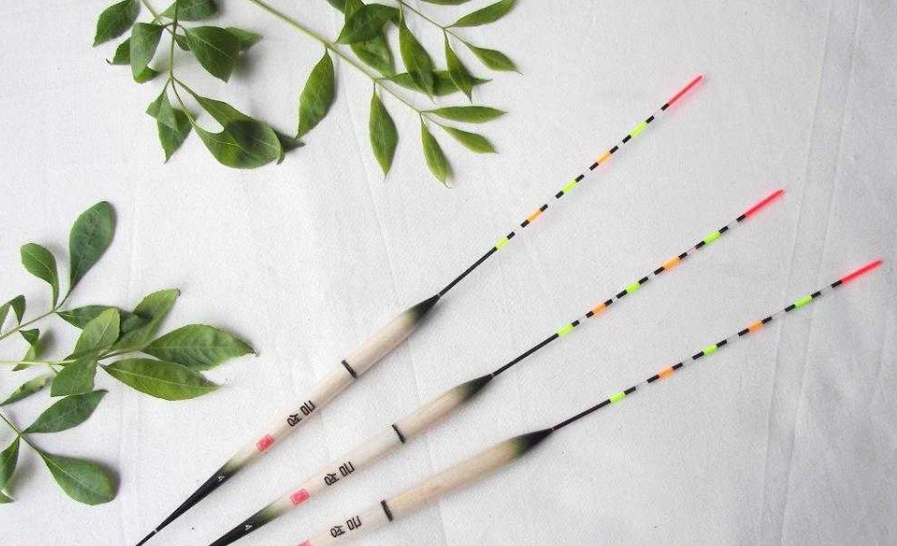Norwegian scientists explore biodegradable fishing gear to tackle marine plastic pollution
As global attention to the problem of marine plastic pollution continues to grow, scientists in Norway are developing an innovative solution: biodegradable fishing gear. The goal is for this new type of fishing gear to degrade in the natural environment without releasing harmful microplastics, thereby reducing long-term damage to marine ecosystems.

Traditionally, materials used for making ropes, nets, and fishing lines are highly durable and can persist in the environment for hundreds of years. These materials entangle and kill various marine creatures, causing severe damage to ecosystems. Lost or discarded fishing gear, known as "ghost gear," is one of the main sources of marine plastic pollution. As these materials break down over time, they form microplastics, further polluting the marine food chain.
"Fishing gear stays in place for a long time, essentially turning the ocean into a plastic landfill," says Christian Karl, a polymer chemist at the SINTEF Research Foundation who leads the biodegradability testing for the D-Solve project.
The D-Solve project is a research center led by the Arctic University of Norway, focusing on innovative solutions to address plastic pollution in fisheries and aquaculture. This project is a research-driven innovation hub that brings together industry, universities, research institutions, and advocacy groups to develop practical solutions.
The primary goal of the D-Solve project is to develop and test biodegradable fishing gear that is user-friendly during its service life but degrades quickly after use, leaving no lasting plastic pollution in the ocean. The project particularly focuses on bottom trawls and Danish seines, as these gears release a significant amount of plastic in the marine environment.
"Experts from the Fisheries Directorate ensure that large amounts of discarded fishing gear, almost all of which is plastic, are collected each year," says Professor Roger Larsen of the Arctic University of Norway. "But there is still an unknown quantity. For example, in 2022, at least 40 kilometers of Danish seine rope were found and recovered by chance, numbers that have never been reflected in reports."
To address this, researchers have developed a four-step plan: including the development of biodegradable fishing gear, designing simpler gear that is easier to recycle, supporting industrial-scale production, and ensuring effective recycling.
Long-term degradation testing
To develop effective biodegradable alternatives, the research team is conducting long-term degradation tests in different marine environments. These tests cover a temperature range from 4 degrees Celsius to 27 degrees Celsius and compare the breakdown of biodegradable materials with traditional fishing gear.
"The tests will last at least three years, or until the material is completely degraded. We will study in detail microbial, UV, thermal, and chemical degradation." say the researchers.
The team has currently developed a biodegradable alternative that can fully decompose within a few years without leaving harmful microplastics. Tests show that there is almost no difference in fishing efficiency compared to traditional fishing gear, which is a good sign for fisheries looking to adopt sustainable solutions.
【Copyright and Disclaimer】The above information is collected and organized by PlastMatch. The copyright belongs to the original author. This article is reprinted for the purpose of providing more information, and it does not imply that PlastMatch endorses the views expressed in the article or guarantees its accuracy. If there are any errors in the source attribution or if your legitimate rights have been infringed, please contact us, and we will promptly correct or remove the content. If other media, websites, or individuals use the aforementioned content, they must clearly indicate the original source and origin of the work and assume legal responsibility on their own.
Most Popular
-

Brazil Imposes Five-Year Anti-Dumping Duty of Up to $1,267.74 Per Ton on Titanium Dioxide From China
-

Mexico officially imposes tariffs on 1,400 chinese products, with rates up to 50%
-

MOFCOM Spokesperson Answers Questions from Reporters on China-U.S. Kuala Lumpur Trade Consultations Joint Arrangement
-

"Golden October" Weak, Polyethylene Prices Hit New Low of the Year in October
-

China-U.S. Summit in Busan Tomorrow! Syensqo Launches New PAEK Material; Ascend Debuts at Medical Summit






